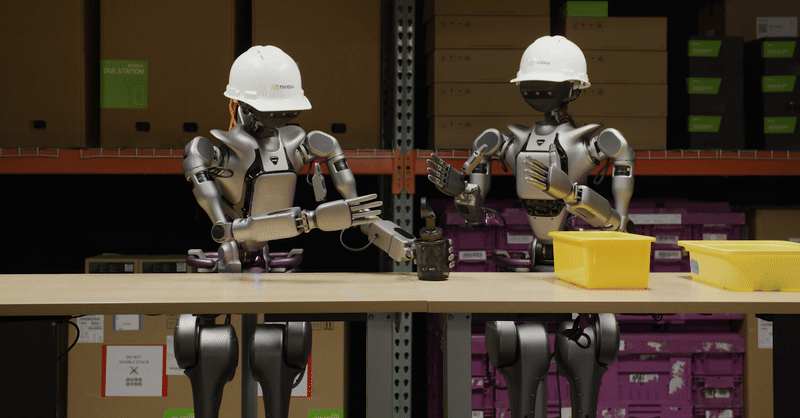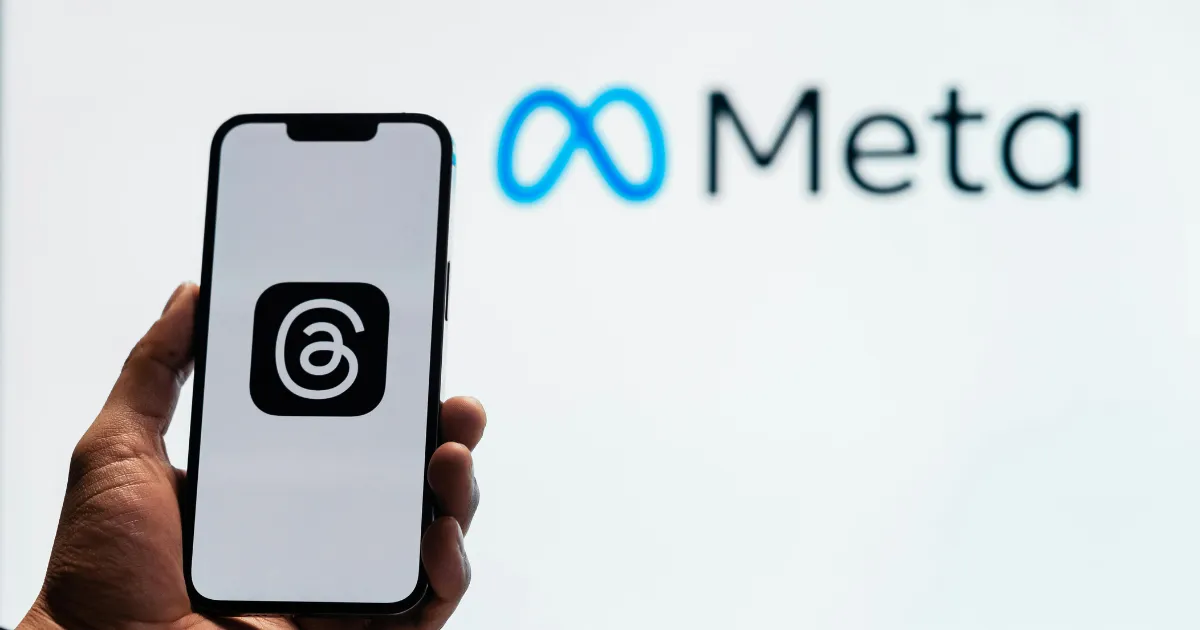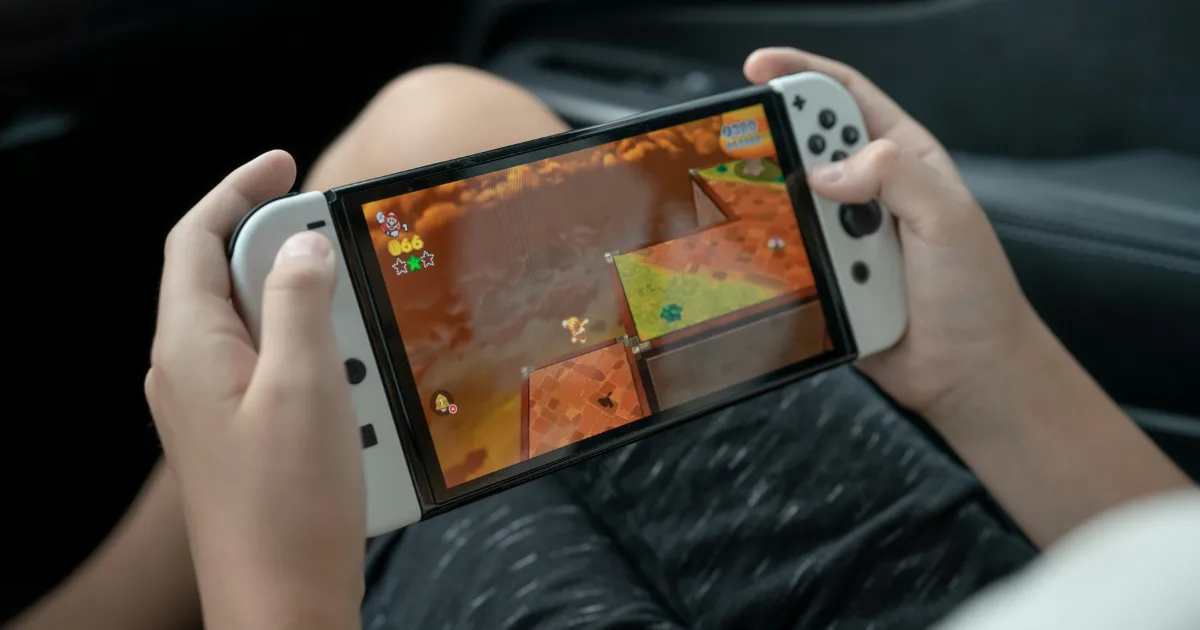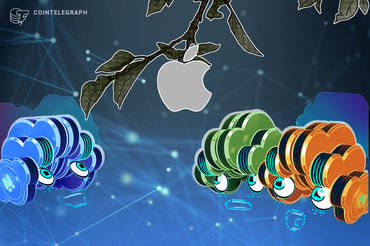NVIDIA’s Isaac platform ignites humanoid robotics race. What’snext for Agility Robotics and Boston Dynamics?

Earlier this year,Tech Funding Newsconfirmed thathumanoid robots are emergingas a robust force alongside agentic AI and AI model development. In fact, the humanoid robot market isprojected to growexponentially, potentially reaching $40 billion by 2035, 20 times its current size.
At the COMPUTEX 2025,NVIDIAunveiled a robust set of tools and technologies designed to accelerate the development of humanoid robots. These updates span across the foundation models, simulation platforms, and high-performance computing infrastructure, all centred around the NVIDIA Isaac platform. Together, they signal a new phase of innovation in physical AI, enabling robots to learn faster, adapt smarter, and perform better in real-world environments.
The star of the announcement is NVIDIA Isaac GR00T N1.5, an upgraded foundation model for humanoid reasoning and skills. Built on the open and customisable GR00T (Generalist Robot 00 Technology) architecture, N1.5 allows robots to understand better, adapt to, and function within complex environments. This version significantly improves success rates in material handling and manufacturing tasks, such as sorting, packing, or organising objects.
Complementing this model is Isaac GR00T-Dreams, a revolutionary blueprint for generating synthetic motion data or neural trajectories. GR00T-Dreams can generate videos of a robot performing new tasks in new environments using just a single image. These videos are then translated into action tokens, compact pieces of behavioural data that robots can use for training.
This approach is touted to drastically reduce the time and cost of training humanoid robots. In fact, NVIDIA Research developed GR00T N1.5 in just 36 hours using GR00T-Dreams, a process that would traditionally take close to three months of manual data collection.
GR00T-Dreams is designed to work with GR00T-Mimic, another blueprint released earlier at NVIDIA’s GTC 2025. While Mimic focuses on augmenting existing human demonstrations, Dreams generates new motion data using the NVIDIA Omniverse and Cosmos platforms.
To bridge the gap between synthetic data and real-world deployment, NVIDIA also announced upgrades to its simulation stack:
The Isaac platform and its simulation blueprints are already being adopted by major players in the humanoid robotics space. Companies such asAgility Robotics, Boston Dynamics, Fourier, Foxlink, Galbot, Mentee Robotics,NEURA Robotics, General Robotics, Skild AI, and XPENG Robotics are leveraging these tools to accelerate training, testing, and deployment.
Foxlink and Foxconn, for example, are using GR00T-Mimic to improve their motion manipulation pipelines. Skild AI is tapping into the Isaac simulation tools to develop general robot intelligence, while General Robotics is integrating the framework into its AI platform. Meanwhile, NEURA Robotics and XPENG Robotics are training household and industrial robots using Isaac Sim and Isaac Lab to reduce testing risk and increase deployment readiness. AeiRobot uses GR00T to empower ALICE4, a humanoid robot capable of understanding natural language and executing complex industrial tasks.
On the hardware front, NVIDIA also introduced universal Blackwell systems designed specifically for robot development workloads. These include the NVIDIA RTX PRO 6000 GPU-powered workstations and servers, built by top OEMs such as Cisco, Dell Technologies, HPE, Lenovo, and Supermicro.
For heavy-duty training and data generation tasks, developers can harness the power of the GB200 NVL72 Blackwell system, delivering up to 18x performance gains. These systems are accessible via NVIDIA DGX Cloud and other NVIDIA Cloud Partners.
To bring intelligence directly to robots, NVIDIA is launching Jetson Thor, a high-performance edge AI platform that enables accelerated on-device inference and decision-making, ideal for real-time, autonomous operations.
With the release of Isaac GR00T N1.5, GR00T-Dreams, and Blackwell systems, NVIDIA is removing key barriers in humanoid robotics: data scarcity, slow training cycles, and limited real-world generalisation. Its powerful ecosystem, spanning open-source blueprints, advanced simulation tools, and AI-optimised hardware, is fast-tracking the development of robots that can learn like humans and function across diverse environments.
In the race toward general-purpose humanoid robotics, NVIDIA is building not just the brain but the full nervous system and training ground for the next generation of intelligent machines.
“Physical AI and robotics will bring about the next industrial revolution,” said Jensen Huang, founder and CEO of NVIDIA. “From AI brains for robots to simulated worlds to practice in or AI supercomputers for training foundation models, NVIDIA provides building blocks for every stage of the robotics development journey.”

Published on Other News Site













